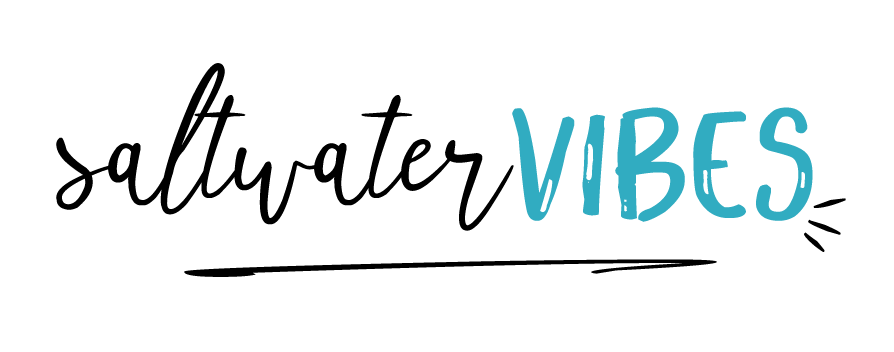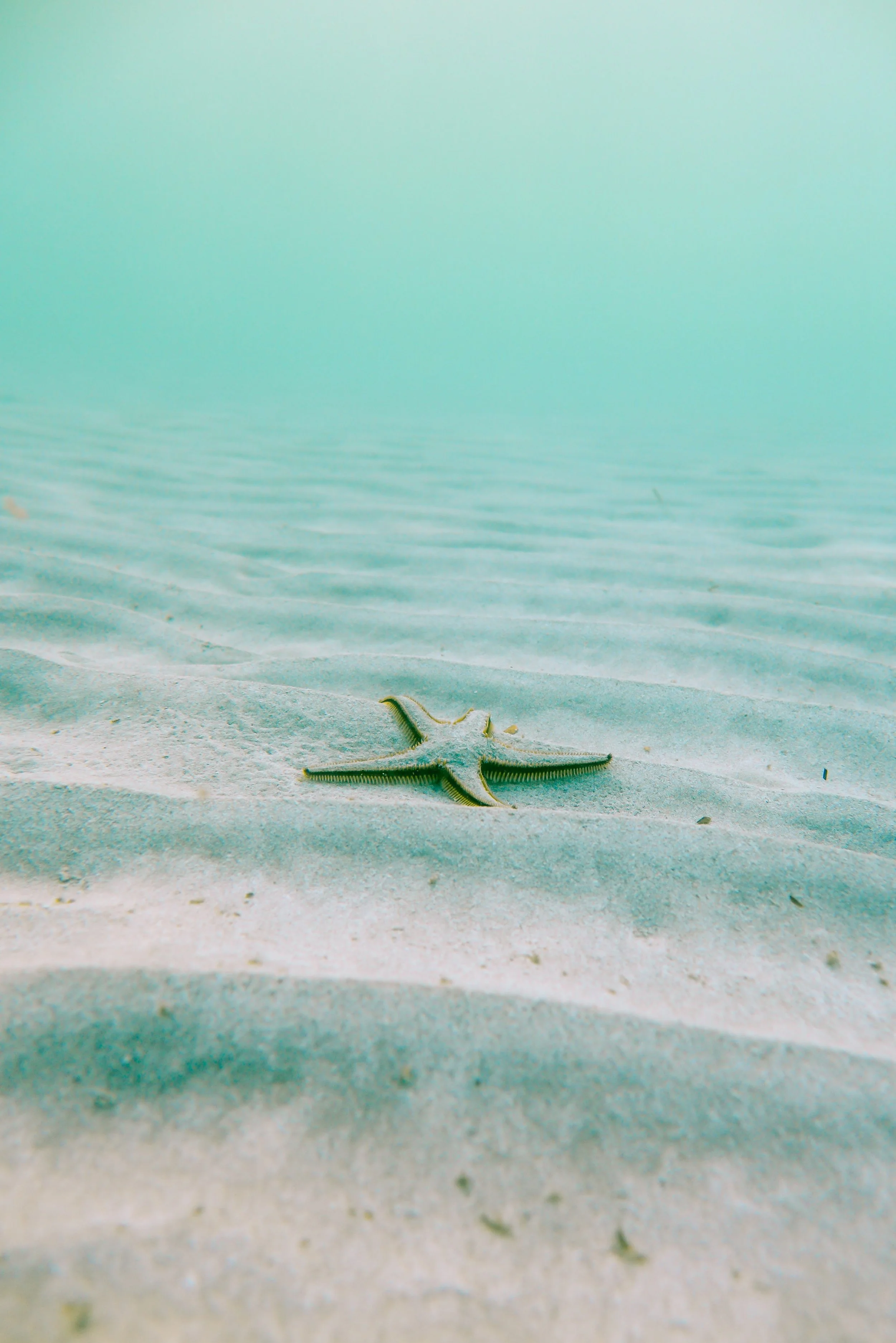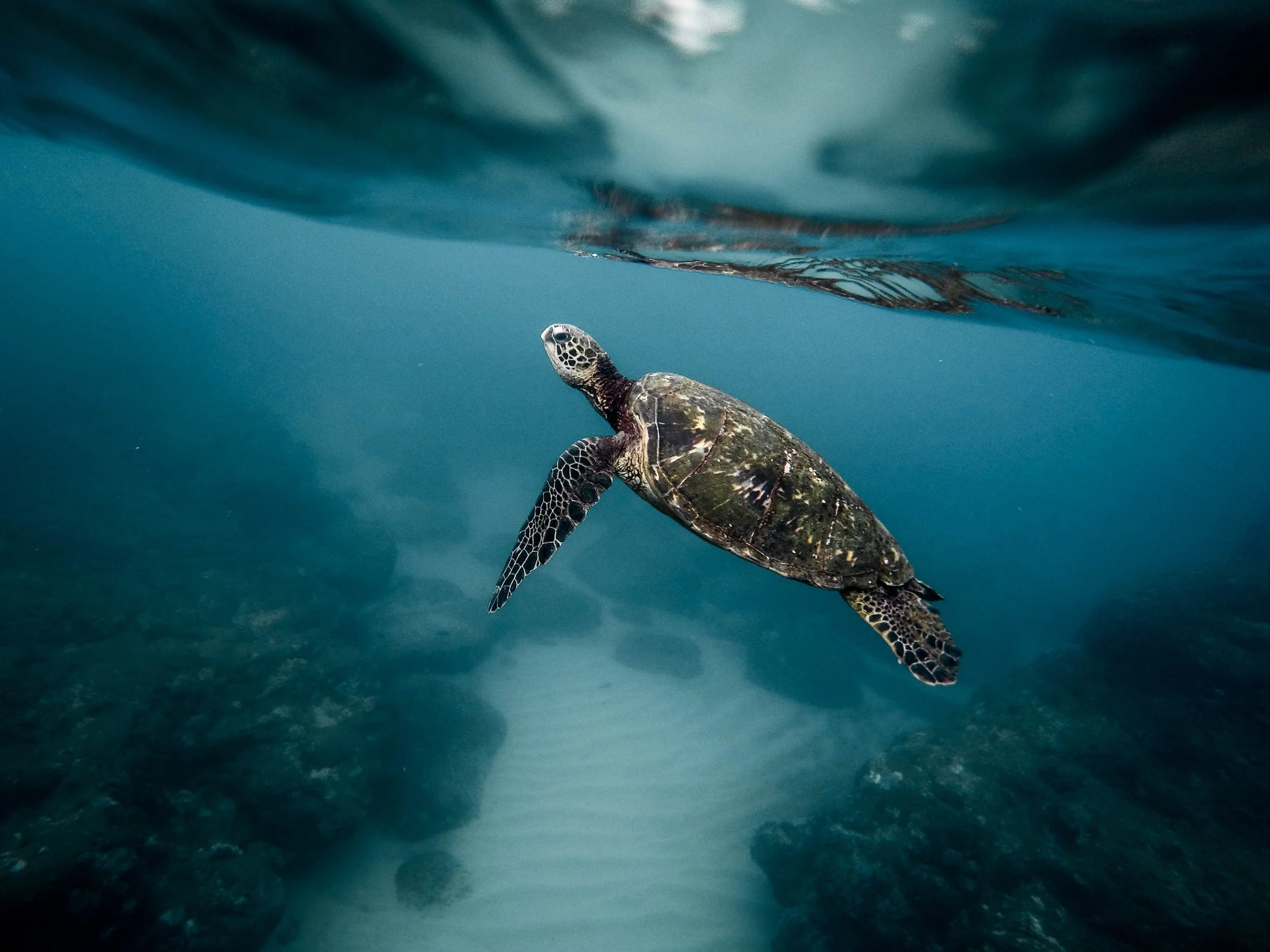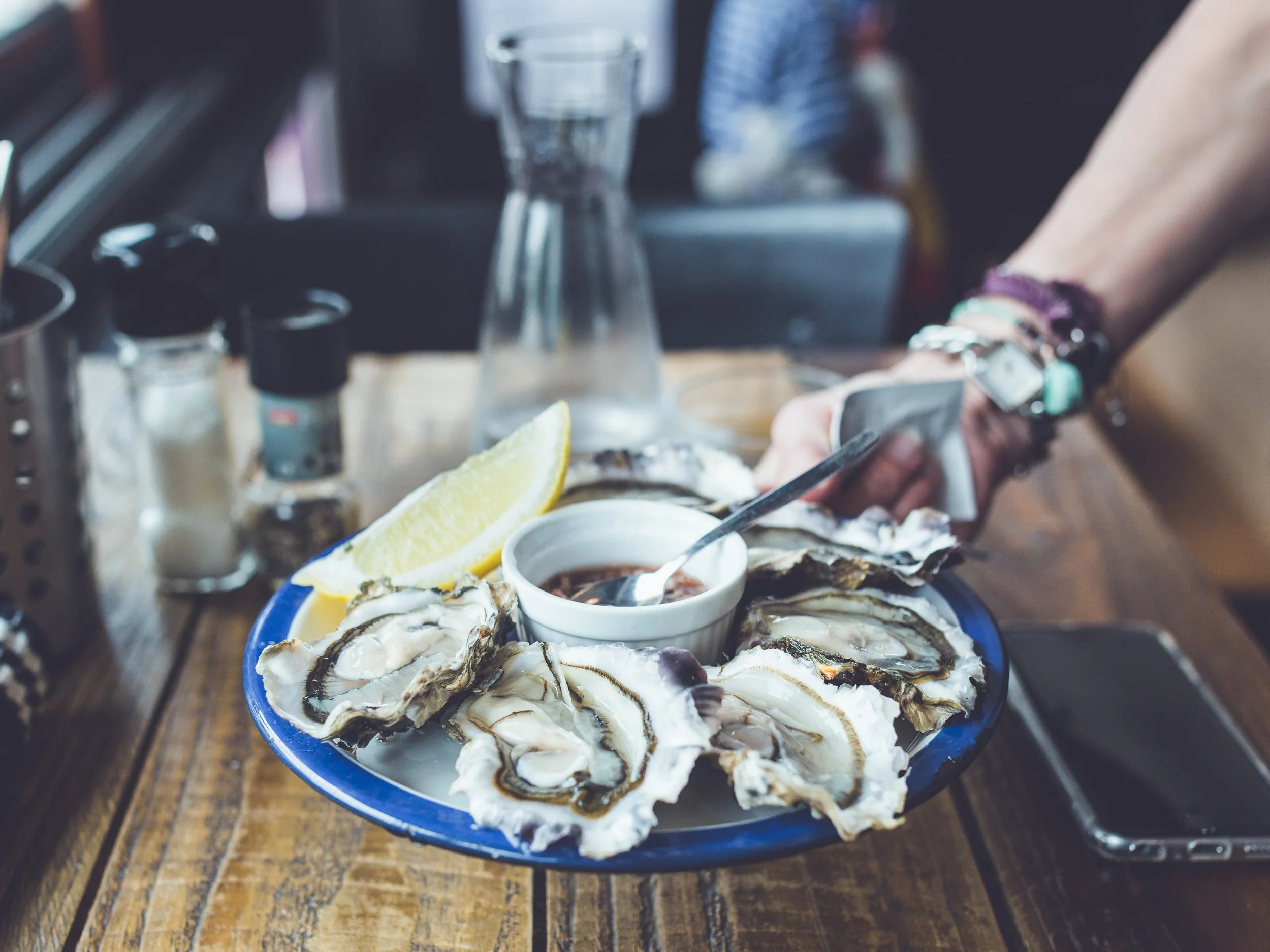Caring: Offshore Oil Spills
Welcome to part two of our three part series on environmental issues within our oceans. Catch up on our most recent series here. Our oceans need our help if we want to keep exploring, enjoying and existing!
Photo by Forest Simon on Unsplash
OffShore Oil Spills: Why Should We Care?
Last week we talked about offshore drilling and oil spills: what exactly they are and why they are happening. This week however, we will be discussing why we actually need to care about this issue. Many of us remember the images like the one below surfacing the web during the BP Oil Spill. But we could not anticipate the magnitude of the effects of this event even still today, 10 years later. Let’s take a look at how from even thousands of miles away, these oil spills are affecting us all.
http://thespiritualcoach.com/2010/10/the-bp-oil-spill-choosing-your-perspective/oil-bird/
The Effect: The Aquatic Ecosystem
When oil is released into water is not something that we can easily remove. In fact, as mentioned in last weeks post, after the Deepwater Horizon accident, BP cleaned up less than ⅓ of the spill. When oil reaches the beaches it coats everything. Whether it be suffocating the life and organisms below it or it being absorbed by plants and fibrous species, oil can quickly damage habitats from the inside out and make them unsuitable for life.
For example, in 2007, the National Oceanic and Atmospheric Administration found that 26,000 gallons of oil from the Exxon Valdez oil spill in 1989 was still trapped in the sand on the shores of Alaska.
Photo by Linus Nylund on Unsplash
Another problem, that BP Oil quickly realized, is that oil doesn’t float on the surface forever. Eventually the oil sinks below the surface of the water, out of reach from any clean up efforts and coating the ecosystem below. In fact, only 3% of oil was ‘skimmed’ off the surface of the water during the BP spill. The remainder had to be burned, chemically removed or extracted through other expensive methods. Unfortunately, studies have also shown that residual oil only declines at a rate of 4% a year.
The Effect: Marine Life
If anything came out of the images of BP Oil spill, perhaps some of the most impactful were the ones displaying the intense impact of oil on our marine life. In August 2010, just 4 months after the spill, it was reported that about 4, 768 animals had died because of the oil spill. Oil is often either coating animals or being ingested by them. Oil that has been ingested by marine life can poison from inside out or get deeply rooted in the food chain as other animals, who may have not even been near the oil, eat species that were directly impacted.
Photo by Jeremy Bishop on Unsplash
On the other hand when oil coats animals fur, skin or feathers it can suffocate them or break down chemicals needed to help the animal survive. For example, when seabirds become coated in oil not only does it prevent them from flying but it also breaks down the chemical that allows the feathers to be waterproof. Because of this many birds, died from hypothermia.
In April 2011, 1 year after the spill, the Center for Biological Diversity released these staggering statistics about the BP oil spill:
More than 82,000 birds have been harmed by the spill (102 different species)
Approximately 6,000 sea turtles have likely been harmed by the spill
As many as 25,900 mammals have been harmed by the oil spill to date ( bottlenose dolphins, spinner dolphins, sperm whales etc.)
While it is difficult to conceive how many fish have been affected, it’s estimated that over 500 species were directly impacted by the oil spill
Many other species like invertebrates (crabs, lobsters, mollusks etc.) and organisms like coral were also deeply affected and scientists believe much of the damage caused is irreversible.
Photo by Joanne Turner on Unsplash
The Effect: You and I
Believe it or not, even from thousands of miles away, these oil spills deeply affect you and me. Oil has the same effect on marine animals as it does on us. As mentioned above, when fish ingest or consume oil it impacts all animals associated with that fish’s food chain...including us. When we eat an animal, we too consume whatever the it has consumed in it’s life. Whether it be the nutrients needed to keep the fish healthy or the oil that poisons its bloodstream, we are ingesting whatever the fish eats.
Photo by Sweet Ice Cream Photography on Unsplash
Oil spills also deeply affect our economy. Specifically, the fishing industries across the Gulf were devastated by the spill as much of their ‘products’ were poisoned and dying. This caused a trickle down effect across all industries and jobs still to this year.
What’s even more, is that drilling for oil offshore is an incredibly dangerous job and many workers risk their lives to get for us. From the complex equipment needed to extract the oil the new depths at which companies push workers to drill, this job is one of the most dangerous in the world. Not to mention, offshore drilling literally occurs, offshore deep in ocean waters exposing rigs and workers to extreme and dangerous weather conditions.
Photo by Timothy Meinberg on Unsplash
Despite proof that oil spills and drilling offshore can be detrimental to our environment, we are still drilling for more. Why? Because we demand it for our own comforts and convenience. As seen in many other areas of the energy industry, we are consuming large amounts of a resource that is depleting AND is hurting the environment. Something has to change or the ocean and environment we know will disappear.
Join us on next week’s series to learn about what you can actually do to make a change for our oceans when it comes to oil spills and offshore drilling. Thanks for reading.
“The least movement is of importance to all nature. The entire ocean is affected by a pebble.”
~Blaise Pascal







